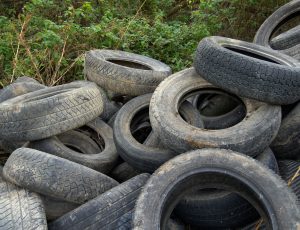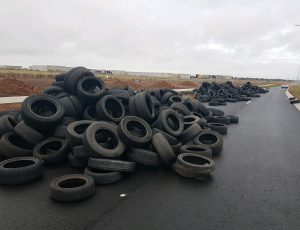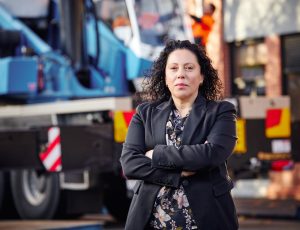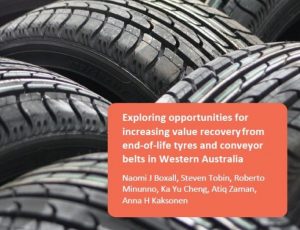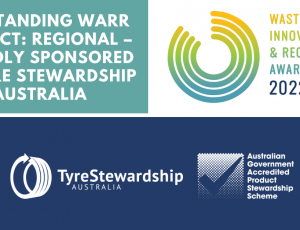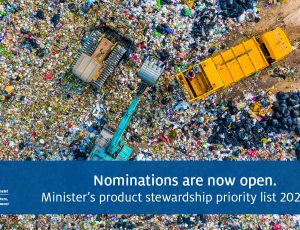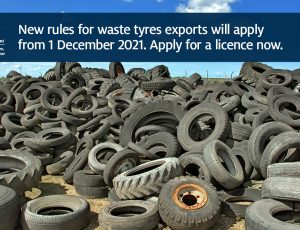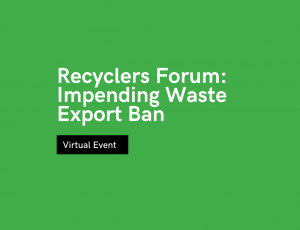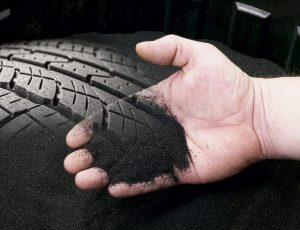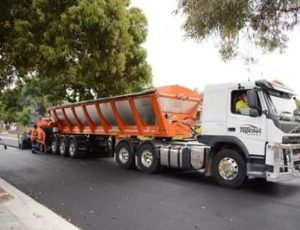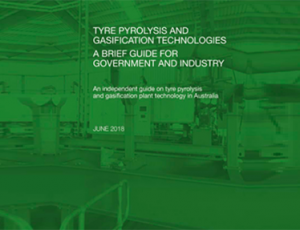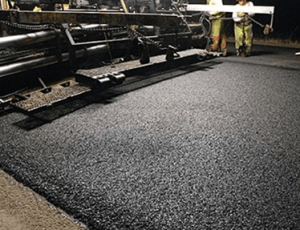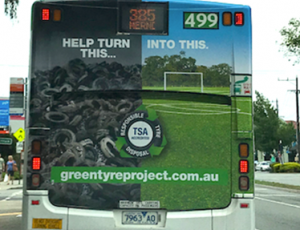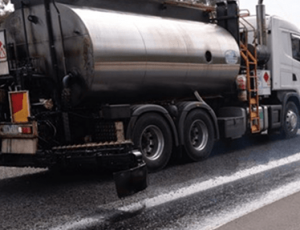A recent toxic fire in regional South Australia was a grim reminder that more needs to be done to put an end to dangerous tyre stockpiles.
Tyre Stewardship Australia CEO Lina Goodman said this is an environmental problem we could tackle head on if we all worked together to support Australia’s tyre circular economy – and we all have a part to play.
A circular economy means products made can be repurposed at the end of their life, giving them a second, third and fourth life in new applications. It applies to products we’re familiar with recycling – such as glass jars – and even our old tyres.


